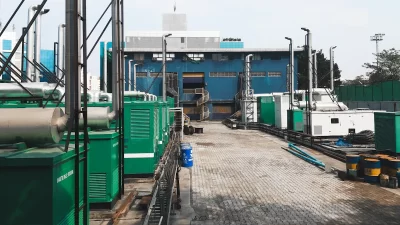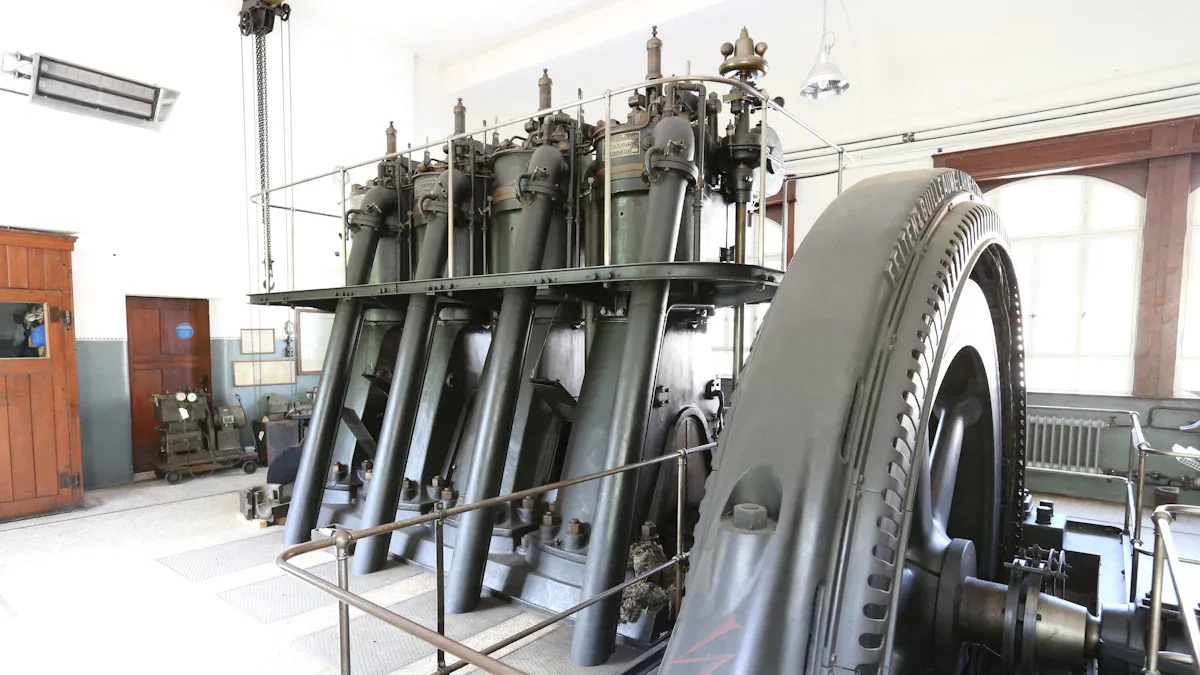
Have you ever lost power during a storm and wished you had a backup plan? Choosing and buying used generators the smart way starts with knowing exactly what you need. Always research before you shop. Check the market—generator sales keep growing, with the global market expected to hit $49.56 billion by 2032.
When you take time to inspect and compare, you get better value and avoid costly mistakes.
Key Takeaways
List your essential devices and calculate their total wattage to choose a generator that meets your real power needs without overload.
Pick the right fuel type and generator size based on your usage, portability needs, and budget for efficient and reliable power.
Buy from certified dealers with good reviews to avoid scams and get better support, warranties, and return policies.
Inspect used generators carefully by checking their condition, maintenance records, and running a load test to ensure they work well.
Plan delivery and professional installation to keep your generator safe, meet safety codes, and ensure long-term reliability.
Power Needs
Essential Devices
Start by making a list of the devices you want to keep running during a power outage. Think about what matters most in your home or business. For many people, this includes refrigerators, lights, and maybe a sump pump. In a business, you might need computers, security systems, or medical equipment. Write down each item. This step helps you focus on what you truly need, not just what would be nice to have.
Tip: Ask yourself, “What can I live without for a few hours? What must stay on no matter what?”
Wattage Calculation
Now, you need to figure out how much power those devices use. Look for a label on each device that shows the wattage. If you cannot find it, check the user manual or search online. Add up the wattage for all the devices you listed. This total tells you the minimum power your generator must supply.
A KVA to amperage conversion chart can help you match generator ratings to your needs. Most generators run best at about 80% of their maximum load. If you overload a generator, it can shut down or get damaged. Many experts suggest these steps for accurate wattage calculation:
Add up the total wattage needed at the same time.
Consider devices that start with a surge, like refrigerators, which need extra power for a few seconds.
Use a conversion chart if you need to switch between watts, amps, and KVA.
Generator Size
Choosing the right size generator is key. If you pick one that is too small, it will not handle your needs. Too large, and you waste money and fuel. Studies show that businesses with the right generator size keep running smoothly, even during frequent outages. They use their generators more efficiently and avoid downtime.
To size your generator, match your total wattage needs to a generator that can handle that load. Always add a little extra capacity for safety. This way, you get reliable power when you need it most.
Fuel and Type
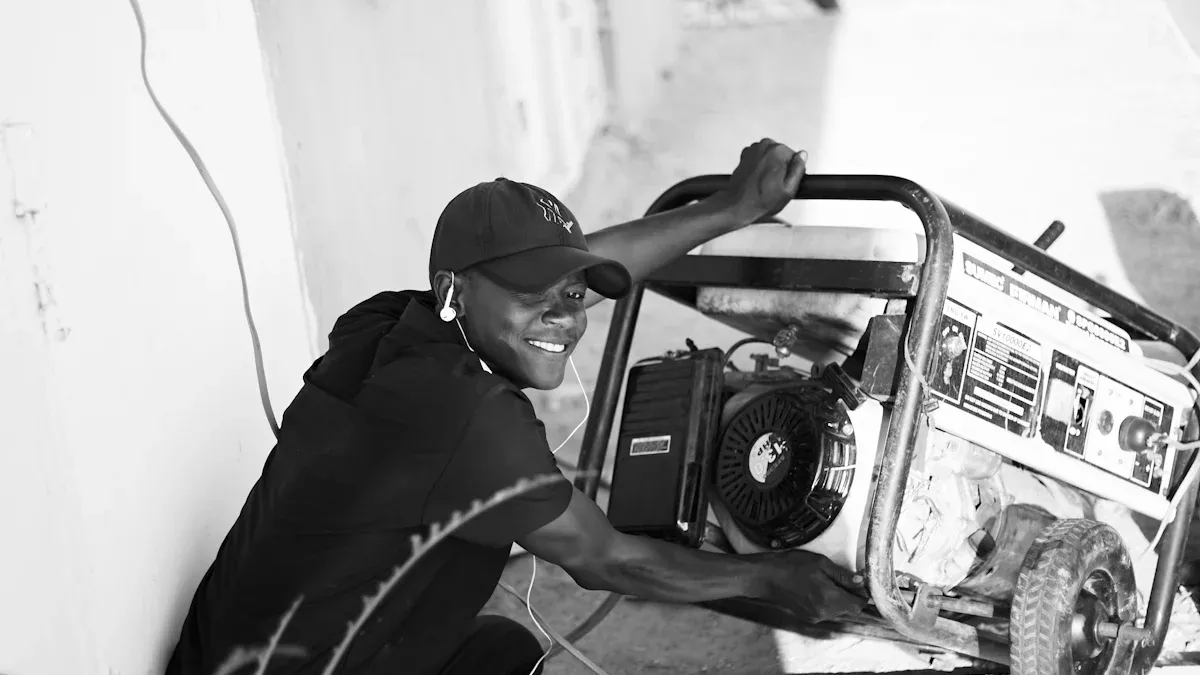
Fuel Options
Choosing the right fuel type makes a big difference in how your used generator performs. You have four main options: diesel, gasoline, natural gas, and propane. Each one has its own strengths and weaknesses. Take a look at this table to compare them:
Fuel Type | Pros | Cons |
|---|---|---|
Diesel | High efficiency; durable; good for big loads | Higher upfront cost; more emissions |
Gasoline | Easy to find; good for portable use | Less efficient; wears out faster |
Natural Gas | Clean burning; steady supply | Needs gas lines; lower efficiency |
Propane | Clean; portable | Lower energy; needs refills |
Diesel generators stand out for their fuel efficiency and durability. They use less fuel per kilowatt-hour and work well for heavy or long-term use. Gasoline generators are easy to find and move, but they burn fuel faster and need more care. Natural gas and propane burn cleaner, which is better for the environment. Natural gas needs a pipeline, while propane comes in tanks.
Tip: If you want to compare fuel use between brands, look for data that uses the same standards. Some companies adjust their numbers using ISO 3046-1, so you can compare apples to apples.
Portability
Think about where you will use your generator. If you need to move it around, look for a portable model. Gasoline and propane generators are usually lighter and easier to transport. Diesel generators tend to be heavier, but some come with wheels or handles. For home backup, a stationary unit works best. For camping or job sites, portability matters more.
Portable generators: Easy to move, great for outdoor use.
Stationary generators: Stay in one place, better for whole-house backup.
Brand and Model
You want a generator that lasts and works when you need it. Stick with trusted brands that have good reviews. Popular names include Honda, Generac, Caterpillar, and Cummins. Check the model’s age, features, and service history. Some brands offer better support and easier access to parts. Always match the model to your power needs and fuel choice.
Note: A reliable brand and the right fuel type help you avoid headaches down the road.
Dealer Verification
Reviews and Reputation
You want to feel confident when you buy used generators. Start by checking what other customers say about the dealer. Look for reviews on trusted sites. Some dealers, like Woodstock Power, get a lot of praise for fast delivery, reliable products, and friendly service. Many reviews for Woodstock Power are verified by Trustindex, which means you can trust that real people wrote them. Here’s what to look for in a dealer’s reputation:
Positive feedback about delivery speed and product quality
Verified reviews from real customers
Helpful and responsive customer service
If you see these signs, you know the dealer cares about their customers.
Certified Dealers
Always check if the dealer is certified. Certified dealers follow strict rules and offer better protection for buyers. You can ask the dealer to show their certifications or look for badges on their website. Certified dealers often provide clear return policies and warranties. This gives you peace of mind if something goes wrong. When you buy from a certified dealer, you lower your risk and get better support.
Tip: Ask the dealer for proof of certification before you buy. A good dealer will be happy to show you.
Avoiding Scams
Scams can happen in the used generators market. Some sellers offer deals that seem too good to be true. Watch out for these warning signs:
Aspect | Hypothetical Legitimate Generator | Fraudulent Generator |
|---|---|---|
Functionality | Works as promised | Fake codes, poor interface, malware |
Reliability | Reliable if real | Unreliable, causes frustration |
User Impact | Useful if real | Account loss, malware, lost money |
Many buyers report scams like dead links, non-working generators, and phishing attempts. If a seller asks for payment in strange ways or refuses to answer questions, walk away. Stick with dealers who have a strong reputation and clear contact information.
Used Generators: Inspection

When you shop for used generators, a careful inspection helps you avoid surprises. You want to make sure your investment pays off with reliable power when you need it most. Here’s how you can check a generator before you buy.
Condition
Start with a physical inspection. Look at the outside of the generator. Check for rust, dents, or leaks. A clean generator often means the previous owner took care of it. Open the panels and look inside. Check the oil level and color. Dirty or low oil can signal poor maintenance. Use your nose—burnt smells or strong fuel odors may point to engine problems.
Run the generator if possible. Listen for strange noises or vibrations. Watch for smoke from the exhaust. Use a multimeter to check voltage output. Stable readings mean the generator works as it should.
Condition-based maintenance uses tools like temperature, vibration, and noise checks.
Temperature control charts often spot problems faster than vibration or noise.
X-bar charts help you see if the generator stays within safe limits.
Advanced models can even predict future issues by tracking these numbers.
Tip: Bring a flashlight and a rag. You might need to look in dark corners or wipe away grime to see important details.
Hours and History
Ask the seller for maintenance records and the total hours the generator has run. These records tell you how well the generator was cared for. Generators need oil changes every 100 to 200 hours. If the records show regular oil changes and filter checks, you know the generator likely has a long life ahead.
After long runs, like 24 hours or more, the generator needs extra care. Oil, filters, and worn parts should be checked.
Well-maintained used generators can last 15-20 years. Poorly maintained ones may fail in just 5-7 years.
Maintenance logs help you plan for big repairs or replacements.
Real-world examples show that generators with tracked hours and regular service keep running during outages, while neglected ones break down fast.
Note: Always ask for proof of service. If the seller cannot provide it, you might want to look elsewhere.
Load Test
A load test shows if the generator can handle real work. Ask the seller to perform a load bank test. This test puts an artificial load on the generator, simulating what happens during a power outage. The test usually starts at 25% of the generator’s rated power and goes up to 100%. The generator should run at full load for at least two hours.
During the test, watch for:
Normal oil pressure and coolant temperature
No overheating or strange noises
Quick startup with no delays
Load testing checks if the generator can keep up with your needs. It also helps spot problems like overheating or unstable power. Regular load tests are required by some rules, like NFPA 110, which says generators should be tested monthly and run at 75% load for two hours each year. These tests help you know if the generator is ready for emergencies.
Callout: If you notice flickering lights, odd sounds, or the generator struggles during the test, it may need repairs.
Warranty
Even with a good inspection, you want extra peace of mind. Ask the dealer if the used generator comes with a warranty or return policy. Some certified dealers offer short-term warranties on used generators. This protects you if something goes wrong soon after your purchase.
A warranty can cover parts and labor for a set time.
Return policies let you bring back the generator if it does not work as promised.
Always get warranty details in writing.
Tip: A warranty or return policy shows the dealer stands behind their product. It also gives you confidence in your purchase.
By following these steps, you make sure your used generators are ready to deliver power when you need it most. Careful inspection, checking records, and testing performance help you buy smart and avoid costly mistakes.
Purchase and Setup
Final Decision
You’ve checked the generator, reviewed the dealer, and now you’re ready to make your choice. Before you buy, compare your options one last time. Look at cost savings, setup success, and how quickly you can get your generator running. Many buyers use market data to help with this step. For example, businesses that use online calculators to compare options see faster decisions and better deals. Take a look at this chart to see how market data can influence your purchase:
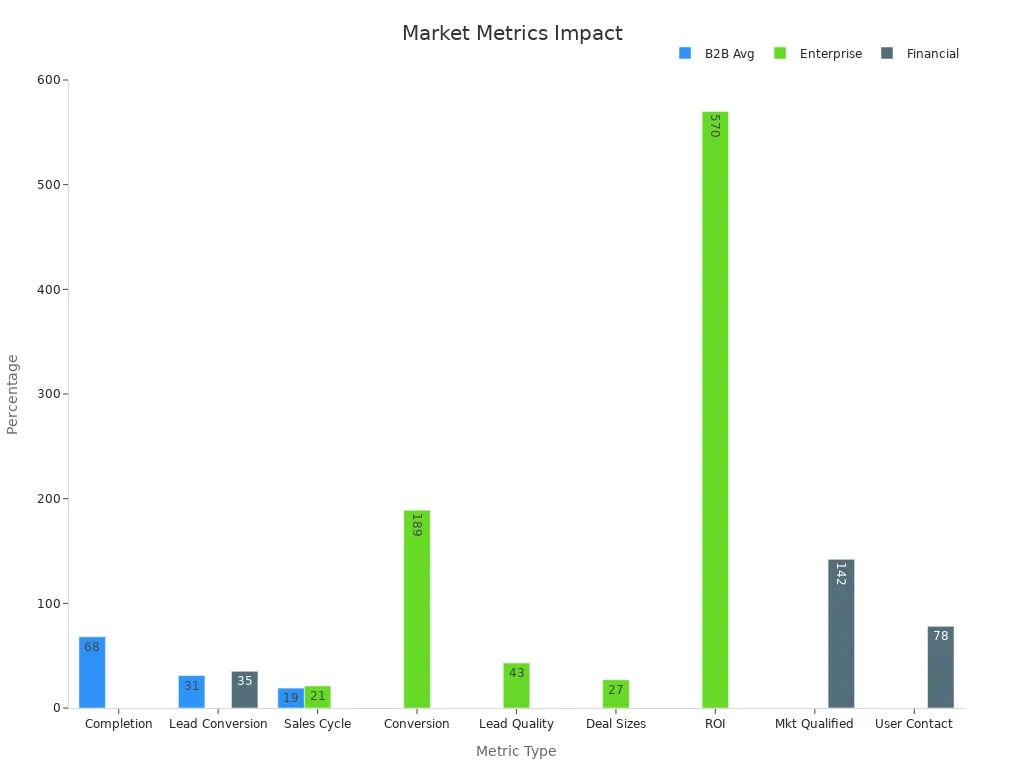
If you want the best value, focus on both price and support. Ask yourself, “Will this generator meet my needs and fit my budget?” When you feel confident, go ahead and place your order.
Delivery
After you buy, it’s time to arrange delivery. Many dealers, like Generator Source, handle all the shipping details for you. They manage logistics, paperwork, and even customs if you need international shipping. Most used generators are ready for immediate shipment, so you don’t have to wait for production. Here’s what you can expect:
Fast shipping, both in the U.S. and worldwide
Careful handling to keep your generator safe
No long delays—your generator ships as soon as possible
Tip: Always confirm the delivery timeline and ask for tracking information. This helps you plan for setup and installation.
Installation
Setting up your generator is the final step. Some companies offer turn-key installation, which means they handle everything from site checks to wiring and testing. You get help with equipment selection, site assessment, and even complex cutovers in busy facilities. During installation, experts use advanced tools like fiberoptic sensors to check temperature and spot problems early. They also inspect connections, monitor vibration, and follow strict safety rules.
Make sure your generator has proper ventilation and exhaust.
Keep the area clear of anything that could catch fire.
Follow all local codes and safety standards, like NFPA 110.
Log all maintenance and setup steps for future reference.
Note: Regular checks and preventive maintenance keep your generator reliable for years. Always follow the manufacturer’s checklist during setup.
Used Generators give you peace of mind when you follow these steps. With careful planning, safe delivery, and expert installation, you’ll have backup power ready when you need it most.
You now have a clear path to buying Used Generators the smart way. Start with your power needs, check fuel types, and always inspect before you buy. Industry experts agree—understanding market trends and product reliability makes a big difference. Want to make your next step even easier? Try these proven call-to-action strategies:
Strategy Description | Conversion Increase (%) |
|---|---|
Clear, action-oriented CTA | |
Social proof near CTAs | 68 |
Fewer form fields | 25.5 |
Larger, darker CTA buttons | 57.79 |
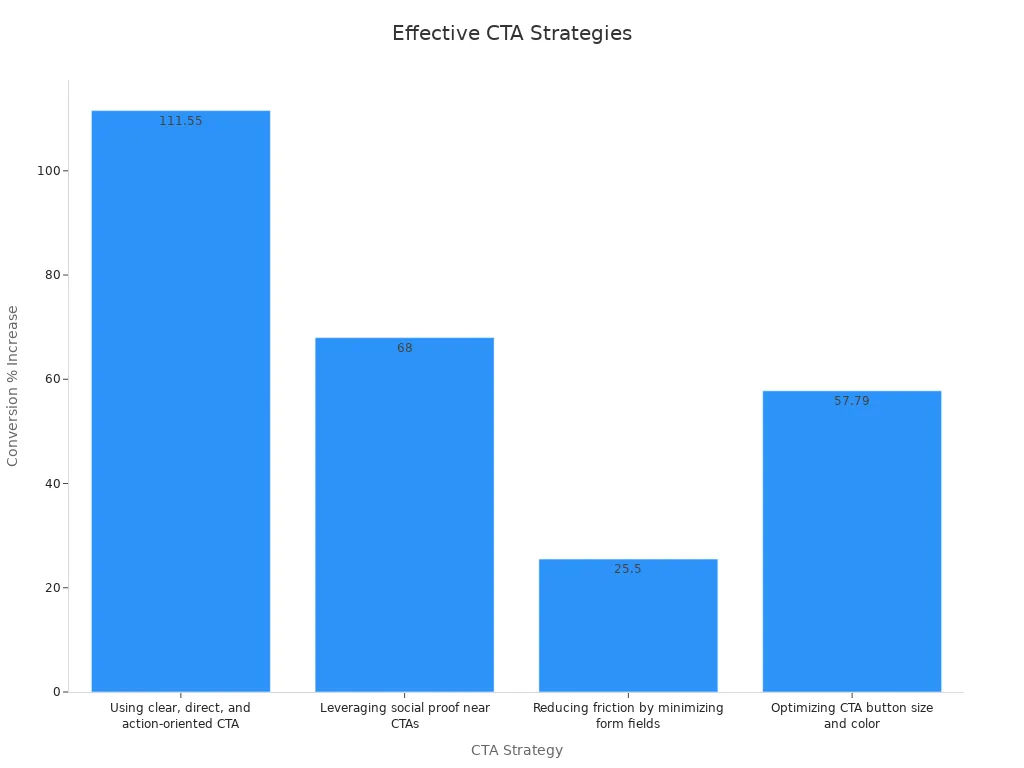
Make a checklist or talk to an expert before you buy. You’ll avoid mistakes and feel confident with your choice.
FAQ
How do I know if a used generator is reliable?
Check the maintenance records and run a load test. Ask the dealer for proof of service. If the generator starts easily and runs smoothly, you can trust it more.
What size generator do I need for my house?
List all the devices you want to power. Add up their wattage. Choose a generator with a little extra capacity. This way, you avoid overloads and keep everything running.
Can I install a used generator myself?
You can set up small portable generators. For larger or standby models, hire a professional. They make sure the wiring and safety features work right.
How often should I service my used generator?
Service your generator every 100 to 200 hours of use. Change the oil, check filters, and inspect for wear. Regular care keeps your generator ready for emergencies.
What should I ask the dealer before buying?
Ask about the generator’s age, hours of use, service history, and warranty. Request a load test. Make sure the dealer has good reviews and clear contact information.

